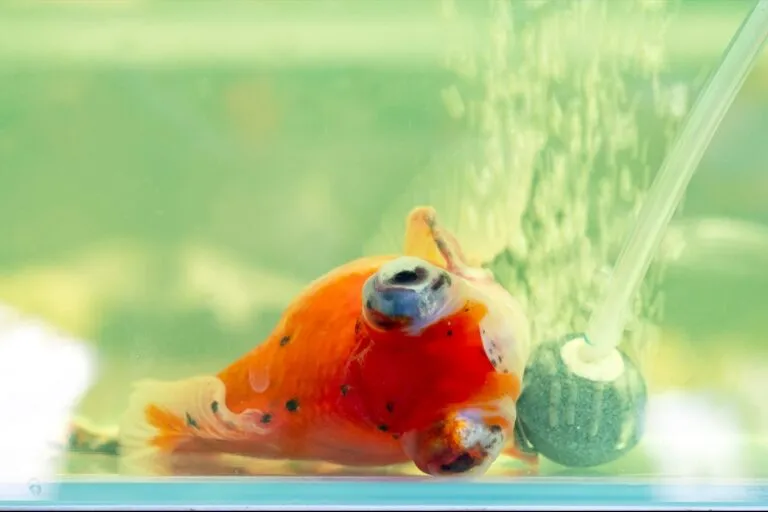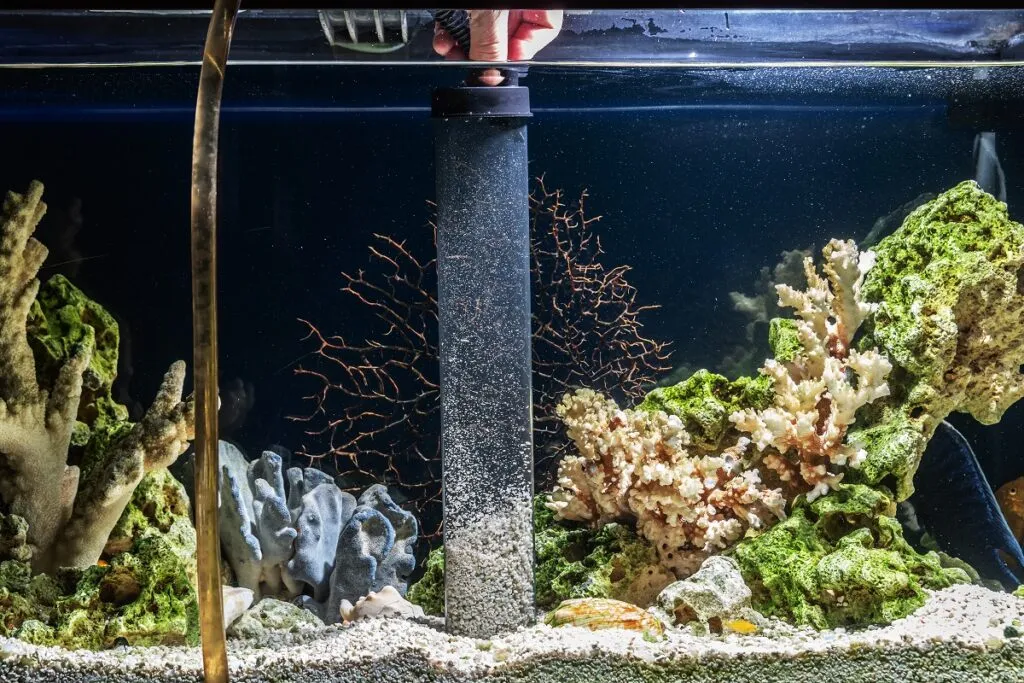Pop-eye disease isn’t strictly a disease, but rather a symptom. There are therefore various causes for protruding eyes. It rarely occurs in completely healthy fish.
Various environmental influences can favour the outbreak of pop-eye disease. Poor water quality or even poisoning are some of the main causes.
Infections
Inflammation of the eye socket, kidney inflammation, and tuberculosis can lead to pop eyes.
Marine fish tuberculosis (caused by Mycobacterium marinum) can also feature pop-eye as a symptom in the later stages of the illness. Tuberculosis always causes a severe disruption of general well-being, which you can notice from your fish’s behaviour.
Dropsy
is caused by fluid accumulation in the body due to restricted kidney function, for instance from a bacterial infection like tuberculosis.
Kidney disease
due to renal insufficiency causes water to accumulate in the fish’s body and eye sockets, leading to increased pressure that affects the eyes.
Eye injuries
An injured eye might significantly bulge; however, in this case, it is usually reddish and/or bleeding.
Gas supersaturation
often occurs immediately after a water change due to gas supersaturation in the tank, forming tiny bubbles in the aquarium and the fish’s tissues, which destroy tissue parts or clog blood vessels, thus causing pop eyes.
Poor water quality
is often the cause of pop-eye disease. Please check pH, KH, ammonium, nitrite, and nitrate levels. Excessive CO₂ levels can also be a cause of pop-eye disease.
Fat deposits
in the head area may push your fish’s eyes outwards.
Vitamin deficiency.
inadequate vitamin intake can lead to pop eyes.

